Science Education Resource Center at Carleton College
Serc: The 2004 Sumatra Earthquake and Tsunami
Using real seismic recordings from a number of seismic stations, learners find the location of the epicenter of the 2004 Sumatra earthquake. They next determine the path of the tsunami triggered by it, and calculate how much lead time...
PBS
Pbs Learning Media: Global Earthquakes Activity and Seafloor Features
Students will examine patterns between volcanic activity and seafloor features. NASA tracked volcanic activity for 15 years and created an animated map from their data. Compare this map to a map of seafloor features to reveal interesting...
PBS
Pbs News Hour Extra: Preparing for the Ongoing Impact of Tsunamis and Earthquakes
Using geologist's tools and the lessons from the historic Japan earthquake of 2011, students predict when a disaster will hit and the need for disaster preparedness in communities.
Science Buddies
Science Buddies: Build an Earthquake Resistant House
In this project, students will build model earthquake-resistant buildings and measure their movement during a simulated earthquake using a mobile phone and a sensor app.
Better Lesson
Better Lesson: Building an Earthquake Resistant Structure
How can you use the engineering design process to build a structure that can stand up to an earthquake?
Ruth Patrick Science Education Center
Ruth Patrick Science Education Center: Shaking It Up With Earthquake Engineering
Students will learn basic information about earthquakes and their impact. They then follow the engineering design process as they construct earthquake-resistant buildings using toothpicks and marshmallows. The buildings are tested using...
Scientific American
Scientific American: Earthquake Proof Engineering for Skyscrapers
Students construct a shake table, then build towers of different heights using Lego blocks, and test their stability on this platform. Next, they test towers with different sized bases, and towers made using different materials.
TeachEngineering
Teach Engineering: Earthquakes Rock!
Students learn the two main methods to measure earthquakes, the Richter Scale and the Mercalli Scale. They make a model of a seismograph - a measuring device that records an earthquake on a seismogram. Students also investigate which...
Science Education Resource Center at Carleton College
Serc: 2004 Asian Earthquake and Tsunami Disaster Project
Students are employees of a unit of the United Nations responsible for coordinating disaster relief after a major disaster (the 2004 Asian Earthquake and Tsunami) occurs. The agency needs to understand the situation in each country so...
Science Education Resource Center at Carleton College
Serc: Musical Plates: A Study of Earthquakes and Plate Tectonics
Four part lab activity involves students using real-time data to solve a problem, study the correlation between earthquakes and tectonic plates, and determine whether or not there is a relationship between volcanoes and plate boundaries.
Incorporated Research Institutions for Seismology
Iris: Can Humans Cause Earthquakes?
A class investigation studying whether or not human factors can cause earthquakes through hydraulic fracturing.
Incorporated Research Institutions for Seismology
Iris: Earthquakes, Like Ripples on Water?
In this activity, learners investigate the classic Earth science analogy, "Seismic waves radiate outward from an earthquake's epicenter like ripples on water."
University of Houston
University of Houston: Earthquakes
This exercise will help students understand the plate boundaries of earthquakes.
Science Buddies
Science Buddies: Measuring the Earth's Core With Seismic Waves
When an earthquake occurs, seismic shock waves travel out through the earth from the source of the event. The shock waves travel through the earth (body waves), or along the Earth's surface (surface waves), and can be recorded at remote...
American Geosciences Institute
American Geosciences Institute: Earth Science Week: Modeling Earthquake Waves
Students model earthquake waves with a slinky toy.
Center for Innovation in Engineering and Science Education, Stevens Institute of Technology
Ciese: Musical Plates: Designing an Earthquake Resistant Structure
A lesson where students look at how the sudden movement in an earthquake causes a building to collapse, and how to design a building that can withstand it.
Science and Mathematics Initiative for Learning Enhancement (SMILE)
Smile: Earthquake Waves and Their Destructions
Looking for the epicenter of an earthquake and measuring the magnitude of waves are goals for students in this lesson plan for intermediate to middle school students. Students get to analyze the P and S waves.
PBS
Pbs News Hour: The 1906 San Francisco Earthquake (Lesson Plan)
A lesson that directs young scholars through an examination of primary documents related to the 1906 San Francisco earthquake and fire. The plan also provides instructions for leading students through a discussion of how personal...
Science Education Resource Center at Carleton College
Serc: Getting to the Point: Exploring Tectonic Motion Point Reyes Seashore
The intent of this module is for young scholars to make straightforward numerical calculations as they learn about earthquake geology at a National Park.
Science Education Resource Center at Carleton College
Serc: Bot Ec: The San Andreas Fault's Rate of Movement
The San Andrea is an active fault zone, marked by frequent earthquake activity. The crust southwest of this strike-slip fault (including Los Angeles) is sliding to the northwest relative to the other side. It is possible to estimate the...
Museum of Science
Ei E: Shake Things Up: Engineering Journal [Pdf]
A 34-page student journal of worksheets to accompany a lesson unit on designing buildings that will withstand an earthquake. [SEE: http://eie.org/sites/default/files/es_educator_guide_2014_10_09.pdf] First, they work on simple...
Center for Innovation in Engineering and Science Education, Stevens Institute of Technology
Ciese: Musical Plates: Engineering Application: Keeping Afloat
A lesson that looks at how to design a building so that it will withstand an earthquake and not sink or lean over.
Other
Tech Museum: Building for the Big One [Pdf]
This resource presents a project where students design and build structures that can withstand an earthquake. The project can include an extension where students look at the factors of soil type and proximity to fault in their design....
PBS
Pbs News Hour Extra: Lesson Plan, Future of Haiti
In this activity, designed for grades 7 -12, the students will explain the social and economic achievements of Haiti, articulate the horrific consequences of the earthquake, describe the ways the economy responded to catastrophe and...
Other popular searches
- Volcanoes and Earthquakes
- Earthquakes and Epicenter
- Web Quest Earthquakes
- Plotting Earthquakes
- Volcanoes Earthquakes
- Earthquakes Epicenters
- Earthquakes Lesson Plans
- Earthquakes California
- Earthquakes and Tsunamis
- Earthquakes Kwl Chart
- Earthquakes Historical
- Videos About Earthquakes






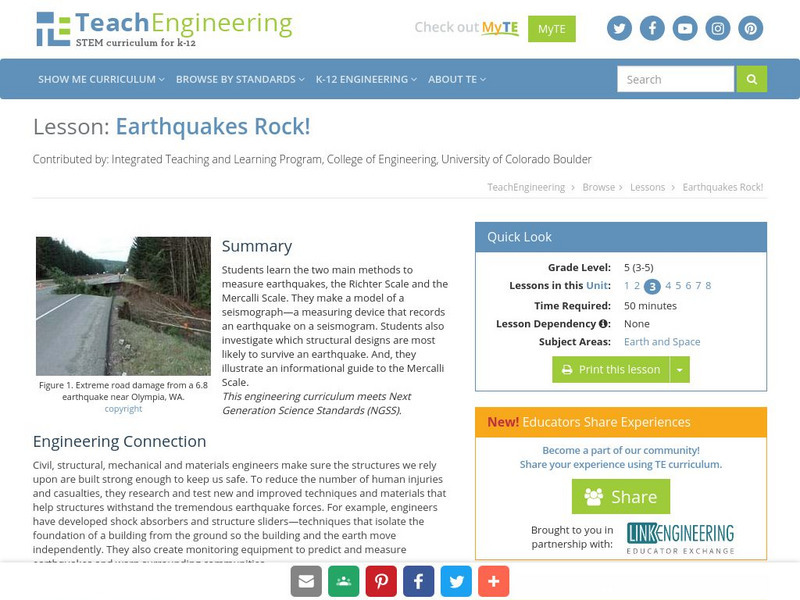
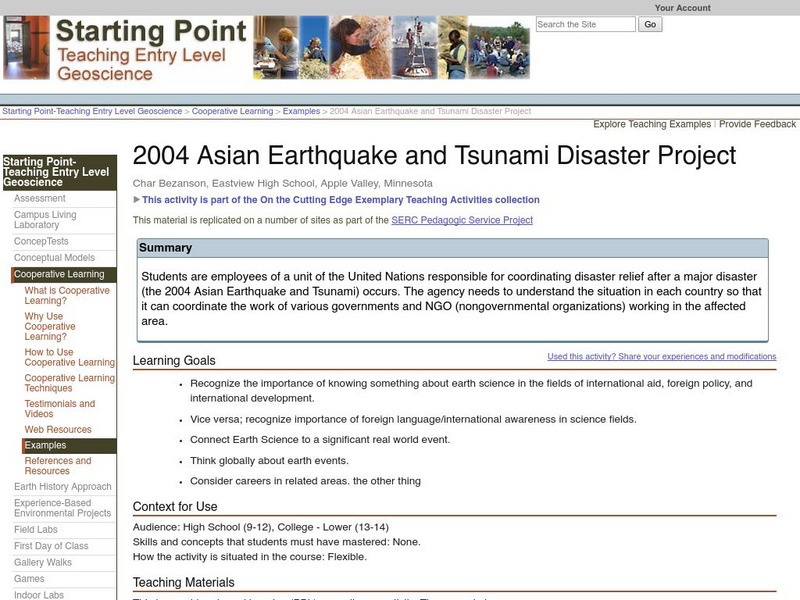
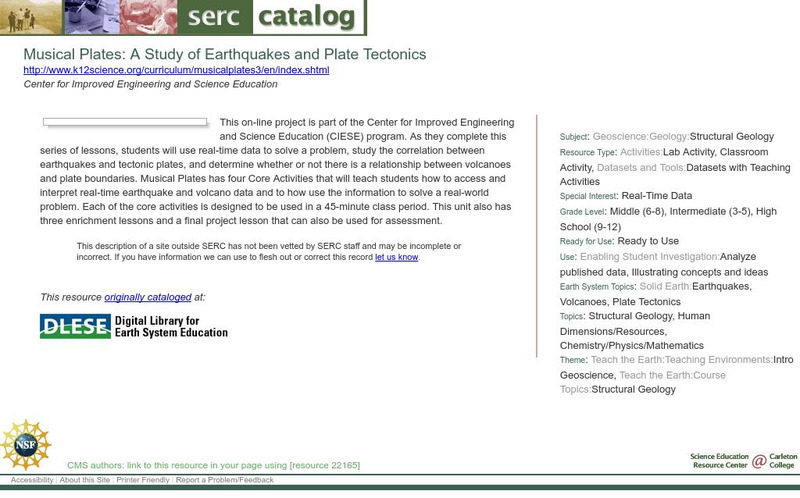

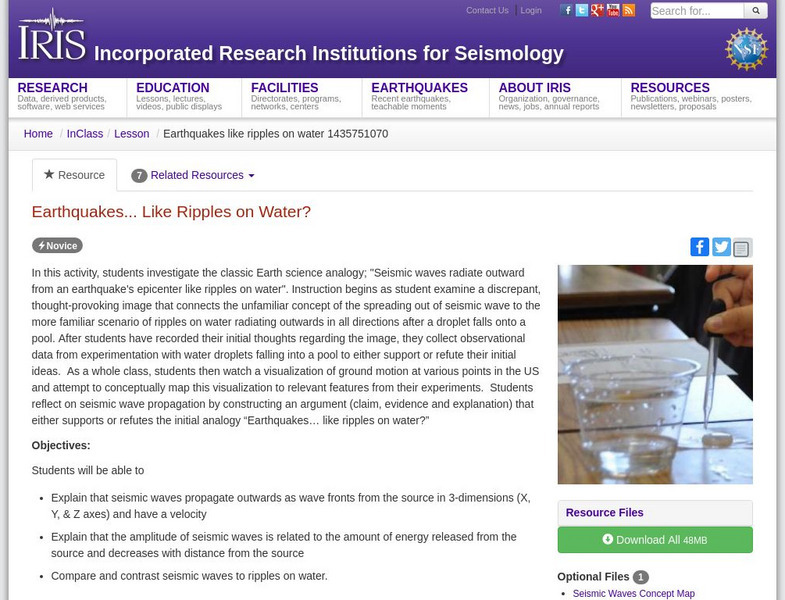
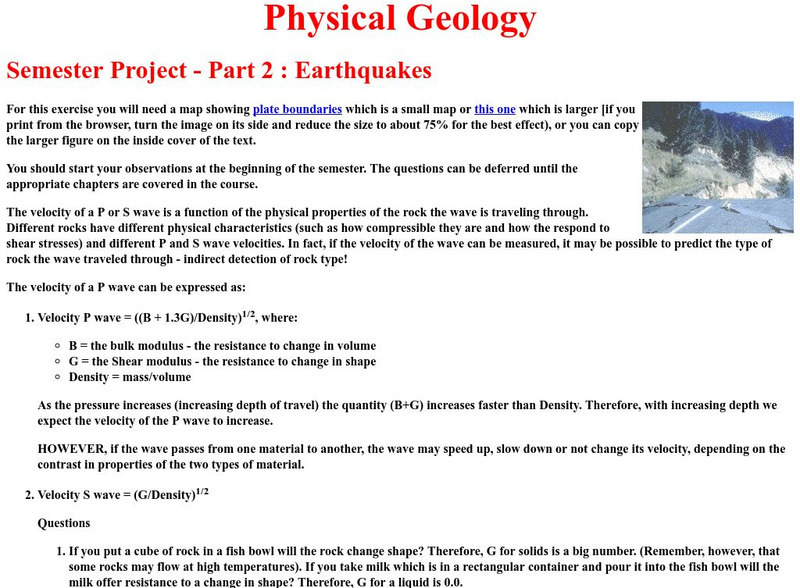
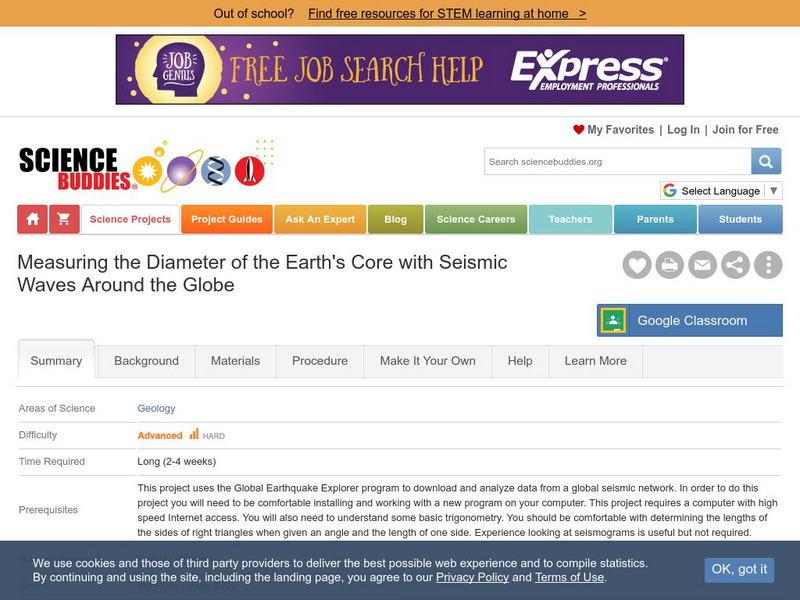





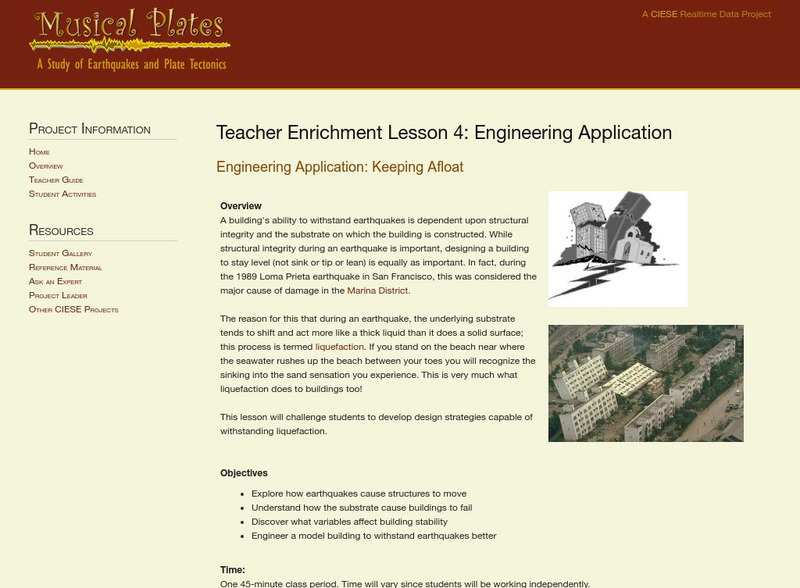
![Tech Museum: Building for the Big One [Pdf] Lesson Plan Tech Museum: Building for the Big One [Pdf] Lesson Plan](http://content.lessonplanet.com/resources/thumbnails/411264/large/bwluav9tywdpy2symdiwmduymc0xmdm2my0xd3vtenpxlmpwzw.jpg?1589993199)